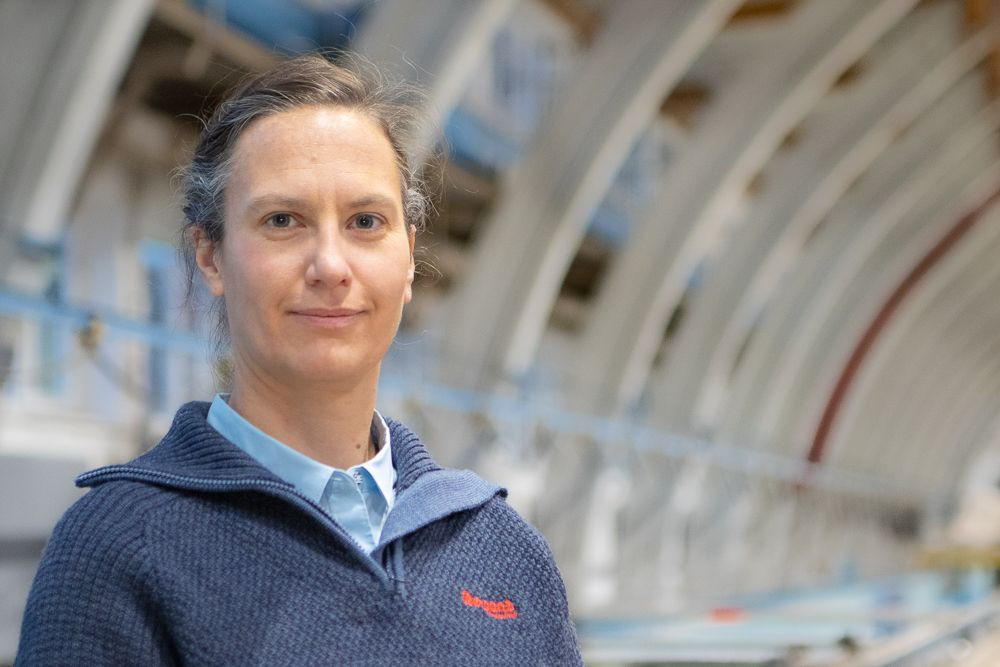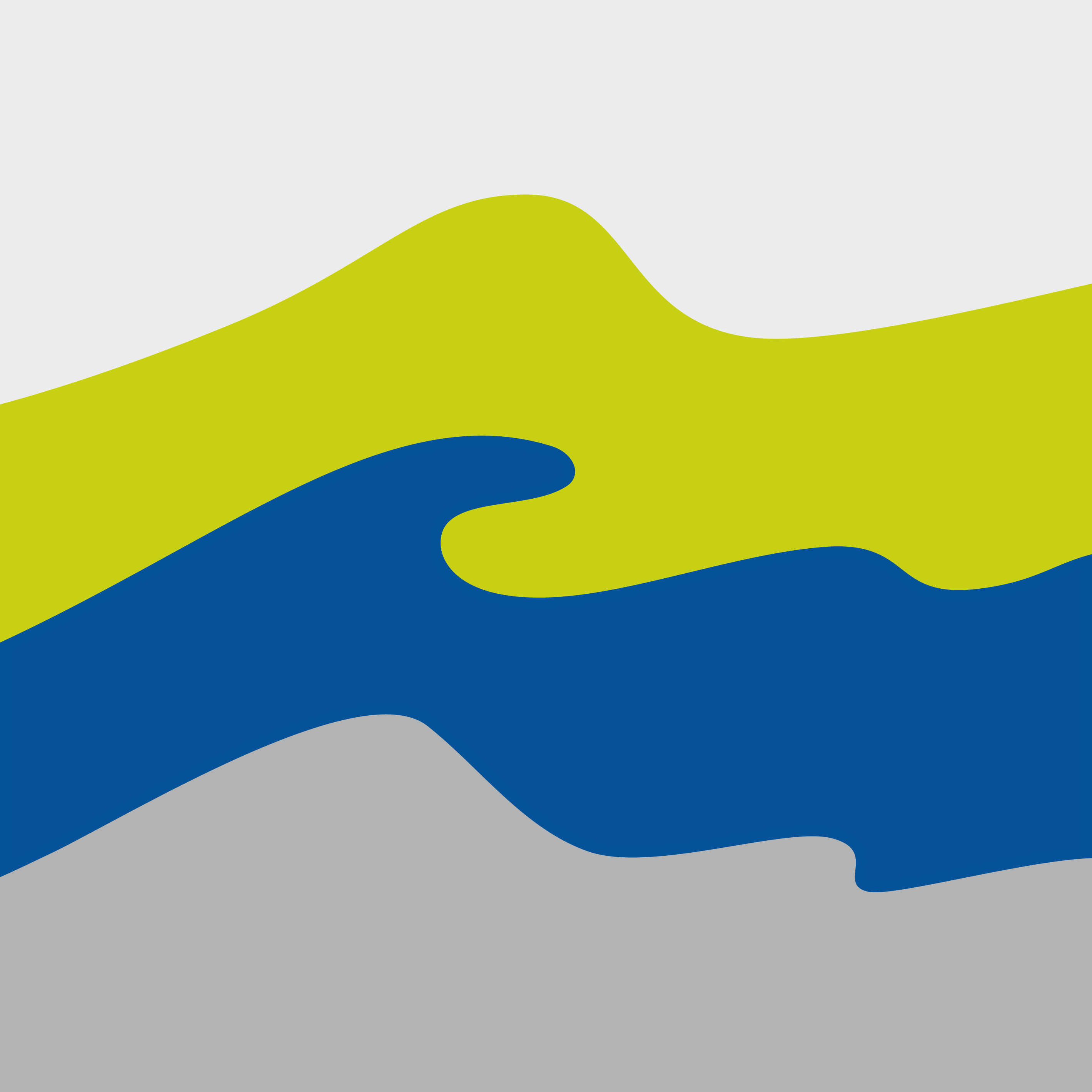Wir nutzen hydraulische Modellversuche und Feldstudien, um gezielt die Wechselwirkung zwischen sesshaften Organismen im Küstenraum (Salzwiesen, Seegras, Muschelbänke) und Hydrodynamik zu untersuchen. Diese Wechselwirkung bewirkt Wellen- und Strömungsdämpfung sowie Sedimentstabilisierung, was relevante Ökosystemleistungen für den Küstenschutz sind. Ziel ist es einerseits die Prozesse zu verstehen und andererseits diese Ökosystemleistungen zu bemessen, um sie in Küstenschutzstrategien berücksichtigen zu können.
Zusätzlich wird untersucht, wie traditionelle Küstenschutzbauwerke (z.B. Deiche, Schutzdünen) umgestaltet und neue Ökosysteme geschaffen werden können, um weitere Ökosystemleistungen wie ästhetischen Mehrwert, Biodiversität oder Kohlenstoffspeicherung zu erbringen. Dies erfordert eine interdisziplinäre Herangehensweise, so dass neben Küsteningenieurwesen auch Elemente aus Fernerkundung, Ökologie und Geoökologie sowie den Materialwissenschaften Anwendung finden.
Publikationen
-
Klicken Sie hier um eine Liste der Publikationen zu sehen, die in diesem Forschungsschwerpunkt entstanden sind
Zeige Ergebnisse 1 - 20 von 46
Huang K, Hu Z, Liu Z, Paul M, Xu T, Suzuki T. Pinpointing the role of wave period in vegetation induced wave attenuation. Coastal engineering. 2024 Okt;193:104568. Epub 2024 Jul 4. doi: 10.1016/j.coastaleng.2024.104568Kerpen NB, Larsen BE, Schlurmann T, Paul M, Guler HG, Goral KD et al. Microplastic retention in marine vegetation canopies under breaking irregular waves. Science of the Total Environment. 2024 Feb 20;912:169280. Epub 2023 Dez 19. doi: 10.1016/j.scitotenv.2023.169280Hoffmann TK, Pfennings K, Hitzegrad J, Brohmann L, Welzel M, Paul M et al. Low-cost UAV monitoring: insights into seasonal volumetric changes of an oyster reef in the German Wadden Sea. Frontiers in Marine Science. 2023 Okt 9;10:1245926. doi: 10.3389/fmars.2023.1245926Kempa D, Schönebeck JM, Paul M, Steinigeweg CS. Ökosystemstärkender Küstenschutz im Reallabor: Forschen für eine „Gute Küste Niedersachsen“. Nachrichten der ARL. 2023 Sep;53(01/2023):25-30.Rajaie M, Nistor I, Rennie CD, Azimi AH, Hoffmann T. Turbulent Bores-Induced Scour and Pore Pressure Variations Around a Vertical Structure. in Cox D, Hrsg., Proceedings of 37th Conference on Coastal Engineering: Sydney, Australia, 2022. Band 37. Coastal Engineering Research Council. 2023. (Proceedings of the Coastal Engineering Conference; 37). doi: 10.9753/icce.v37.sediment.41Steinigeweg CS, Paul M, Kleyer M, Schröder B. Conquering New Frontiers: The Effect of Vegetation Establishment and Environmental Interactions on the Expansion of Tidal Marsh Systems. Estuaries and coasts. 2023 Sep;46(6):1515-1535. Epub 2023 Jun 7. doi: 10.1007/s12237-023-01220-ySteinigeweg CS, Löbel S, Schröder B, Schoutens K, Reents S, Evans BR et al. Plant trait-mediated drag forces on seedlings of four tidal marsh pioneer species. Frontiers in Marine Science. 2023 Mai 30;10:1172492. doi: 10.3389/fmars.2023.1172492Villanueva R, Paul M, Schlurmann T. Wave dynamics alteration by discontinuous flexible mats of artificial seagrass can support seagrass restoration efforts. Scientific reports. 2023 Nov 8;13:19418. doi: 10.1038/s41598-023-46612-zVillanueva Granados RA, Paul M, Schlurmann T. Flexible anchored mats of artificial seagrass for restoration. 2023 Jun 2. Epub 2023 Jun 2. doi: 10.21203/rs.3.rs-2957238/v1Carus J, Arndt C, Bouma T, Schröder B, Paul M. Effect of artificial seagrass on hydrodynamic thresholds for the early establishment of Zostera marina. Journal of Ecohydraulics. 2022;7(1):17-27. Epub 2020 Dez 17. doi: 10.1080/24705357.2020.1858197Hitzegrad J, Brohmann L, Pfennings K, Hoffmann TK, Eilrich AK, Paul M et al. Oyster Reef Surfaces in the Central Wadden Sea: Intra-Reef Classification and Comprehensive Statistical Description. Frontiers in Marine Science. 2022 Mär 9;9:808018. doi: 10.3389/fmars.2022.808018LG G, Maza M, Garcia-Maribona J, Lara JL, Suzuki T, Argemi Cierco M et al. Living on the edge: How traits of ecosystem engineers drive bio-physical interactions at coastal wetland edges. Advances in water resources. 2022 Aug;166:104257. Epub 2022 Jun 17. doi: 10.1016/j.advwatres.2022.104257Paul M, Bischoff C, Koop-Jakobsen K. Biomechanical traits of salt marsh vegetation are insensitive to future climate scenarios. Scientific reports. 2022 Dez 8;12(1):21272. doi: 10.1038/s41598-022-25525-3Paul M, Bischoff C, Koop-Jakobsen K. Coastal protection capacity of saltmarshes remains high in the future. 2022. doi: 10.5194/egusphere-egu22-2520Paul M, Kerpen NB. Erosion protection by winter state of salt marsh vegetation. Journal of Ecohydraulics. 2022;7(2):144-153. Epub 2021 Jul 2. doi: 10.1080/24705357.2021.1938252Reents S, Möller I, Evans BR, Schoutens K, Jensen K, Paul M et al. Species-specific and seasonal differences in the resistance of salt-marsh vegetation to wave impact. Frontiers in Marine Science. 2022 Dez 14;9:898080. doi: 10.3389/fmars.2022.898080Scheres B, Arns A, Bisgwa C, Deutschmann B, Fröhle P, Goseberg N et al. EcoDike – Grüne Seedeiche und Deckwerke für den Küstenschutz. Die Kuste. 2022;91:23-66. doi: 10.18171/1.091105Taphorn M, Villanueva Granados RA, Paul M, Visscher JH, Schlurmann T. Flow field and wake structure characteristics imposed by single seagrass blade surrogates. Journal of Ecohydraulics. 2022;7(1):58-70. Epub 2021 Jul 2. doi: 10.15488/13044, 10.1080/24705357.2021.1938253Villanueva R, Paul M, Schlurmann T. Anchor Forces on Coir-Based Artificial Seagrass Mats: Dependence on Wave Dynamics and Their Potential Use in Seagrass Restoration. Frontiers in Marine Science. 2022 Mär 29;9:802343. doi: 10.3389/fmars.2022.802343Villanueva R, Thom M, Visscher J, Paul M, Schlurmann T. Wake length of an artificial seagrass meadow: a study of shelter and its feasibility for restoration. Journal of Ecohydraulics. 2022;7(1):77-91. Epub 2021 Jul 2. doi: 10.15488/12999, 10.1080/24705357.2021.1938256
Kontakt


30167 Hannover





